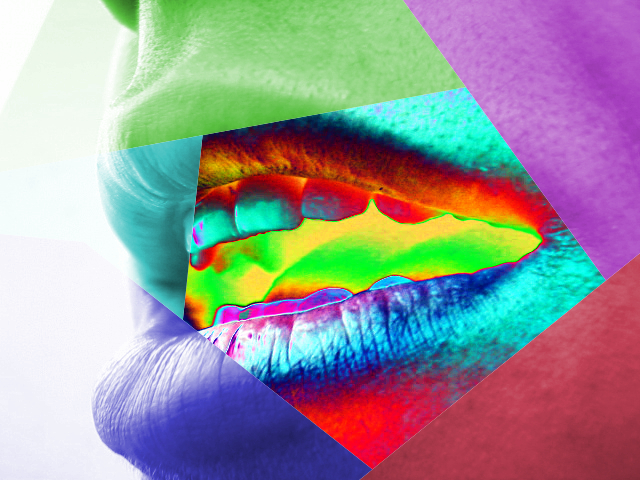Tongue study shows issues
 Eyes may be the window to the soul, but the tongue tells more about a person’s health.
Eyes may be the window to the soul, but the tongue tells more about a person’s health.
Chinese herbalists' age-old practice of scrutinising the human tongue for signs of disease is experiencing a high-tech revival through the power of machine learning and artificial intelligence.
Iraqi and Australian researchers have published a groundbreaking paper on the evolution of computer-aided disease diagnosis based on tongue colour.
This ancient technique, now embraced by computer scientists, is rapidly gaining ground in the era of remote health monitoring.
A joint effort by engineers from Middle Technical University (MTU) in Baghdad and the University of South Australia (UniSA) employed a USB webcam and a computer to capture tongue images from 50 patients afflicted with diabetes, renal failure, and anaemia.
These images were then compared to a database containing 9000 tongue images.
By employing advanced image processing techniques, they achieved a remarkable 94 per cent accuracy in diagnosing diseases, outperforming traditional laboratory results.
Patients or their designated health providers were promptly notified via a text message voicemail containing the tongue colour and disease diagnosis.
The researchers say the accuracy and convenience of computerised tongue analysis gives it potential in remote disease diagnosis.
Tongue colour variations provide vital clues to different illnesses. For instance, diabetes patients often display a yellow tongue, while cancer patients exhibit a purple tongue with a thick, greasy coating. Patients suffering from acute stroke may present a red, crooked tongue.
A 2022 study in Ukraine analysed tongue images of 135 COVID patients using a smartphone, revealing that 64 per cent of patients with mild infections had a pale pink tongue, 62 per cent of those with moderate infections displayed a red tongue, and 99 per cent of patients with severe COVID infections exhibited a dark red tongue.
“It is possible to diagnose with 80 per cent accuracy more than 10 diseases that cause a visible change in tongue colour. In our study we achieved a 94 per cent accuracy with three diseases, so the potential is there to fine tune this research even further,” says MTU and UniSA Adjunct Associate Professor Ali Al-Naji.
The full study is accessible here.








 Print
Print